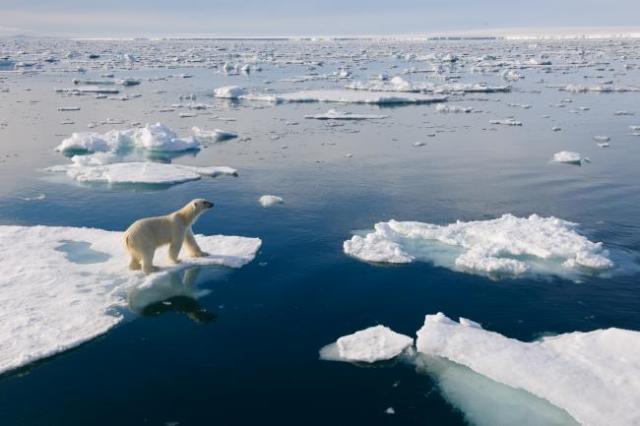It’s much too cold and dry for trees to grow in most areas of the Arctic, and there is no room for their roots, because just under the surface of the ground there is always a layer of ice, called permafrost. But in some places, called tundras, a thin layer of soil on top of the permafrost thaws just a little in summer, and grass and moss grows for a few months. In summer, Arctic poppies bloom, turning the tundra bright yellow. You won’t find trees in Antarctica, but some types of small shrubs, lichens, moss, and algae are able to grow in the harsh climate.
Polar bears and arctic foxes have adapted to the extreme weather of the Arctic region. Walruses and humpback whales are able to live and thrive in the Arctic ocean. Several kinds of penguins, including the emperor penguin, live in Antarctica, as do narwhals.
The poles of the planet are places of extremes. They're extremely cold, extremely dry, and have extremely long days and nights. And if you visit, be sure to wear extremely warm clothing!

